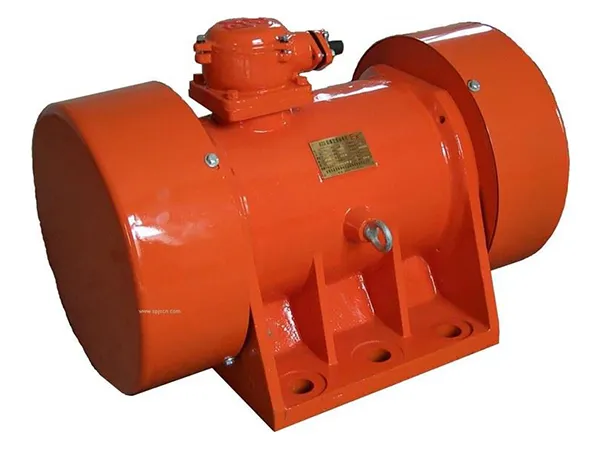Motor vibration refers to the mechanical oscillations generated by an electric motor during operation. These vibrations are caused by various factors, including the rotating components of the motor, imbalance, misalignment, mechanical wear, and resonance within the motor and surrounding structures.
Vibration motor working principle

Rotating Components: Electric motors consist of rotating components such as the rotor (armature) and the stator. When the motor is powered, these components rotate at high speeds, generating centrifugal forces.
Imbalance: Imbalance occurs when the mass distribution of the rotating components is not uniform. Even minor imbalances can lead to significant vibrations. Imbalance may result from manufacturing variations, wear and tear, or improper installation.
Misalignment: Misalignment between the motor shaft and connected equipment, such as pumps or fans, can cause vibration. Misalignment can occur due to poor installation, thermal expansion, or mechanical stress.
Mechanical Wear: Wear and tear on motor bearings, shafts, and other components can lead to increased friction and vibration. Over time, components may degrade, leading to increased vibration levels and reduced motor efficiency.
…
For more detailed information about the working principle of vibration motor, please click to visit:https://www.zexciter.com/en/a/news/vibration-motor-working-principle.html


